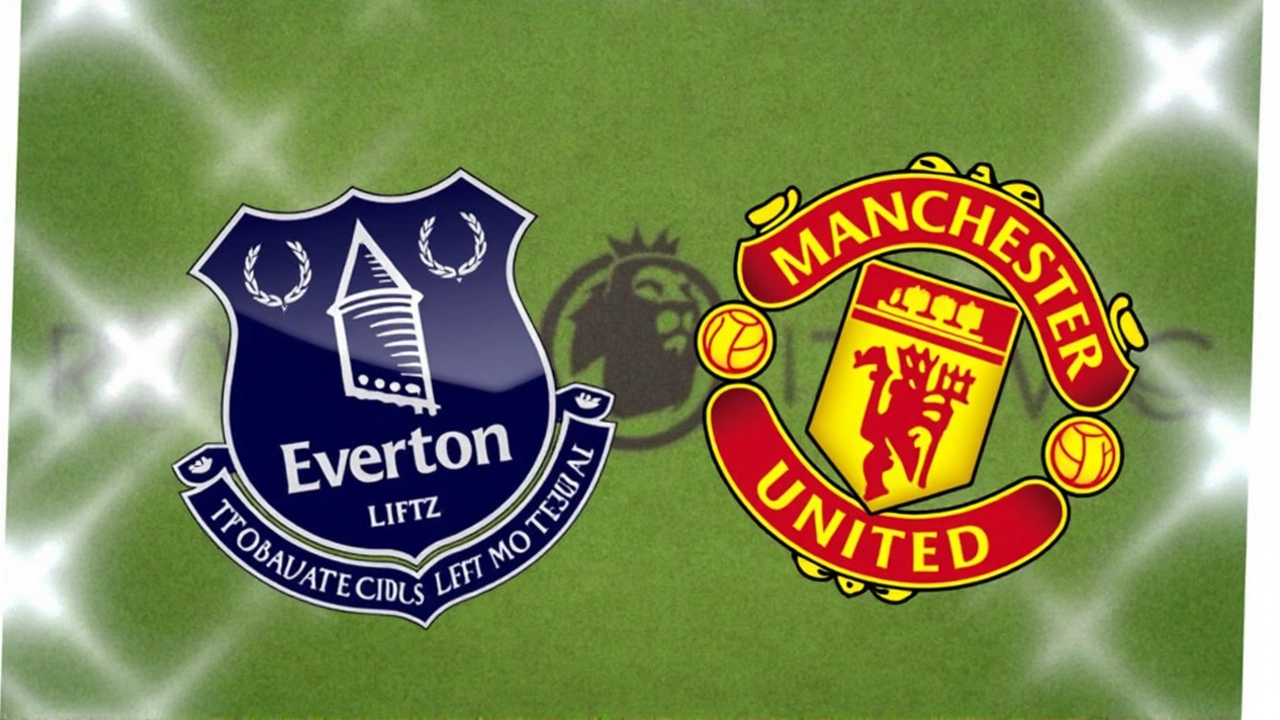VAR: What It Is and Why It Matters in Football
If you’ve watched a match and saw the referee stop play while a screen showed a replay, you’ve experienced VAR – the Video Assistant Referee. It’s a system that lets officials review crucial moments such as goals, penalties, red cards, and mistaken identities. The goal is simple: reduce clear errors that can change the outcome of a game.
Most fans first notice VAR when the stadium lights dim and a large screen appears. That’s the referee’s signal that a decision is being checked. The process usually takes a few seconds, but sometimes it can stretch longer if the situation is complicated. While it can feel like a delay, the aim is to make sure the right call is made.
How VAR Works on the Pitch
When an incident happens, the on‑field referee sends a quick message to the VAR team, who are watching the match from a separate video room. The VAR team has multiple camera angles and can zoom in on the play. They check whether there is a “clear and obvious error” in the original decision. If they find one, they advise the referee to review the footage on a pitch‑side monitor.
The referee then watches the replay, often in slow motion, and decides whether to stick with the original call or change it. This is called a “review”. Only four types of incidents can be reviewed: goals, penalty decisions, direct red‑card offenses, and cases of mistaken identity. Anything outside those categories stays with the on‑field call.
VAR’s Pros and Cons for Fans and Players
Fans love VAR when it saves a team from a blatant mistake. Remember the 2019 Champions League semi‑final where a handball was caught on replay? VAR stepped in, and the correct call was made, keeping the competition fair. Players also feel more protected knowing that obvious fouls won’t be missed.
On the flip side, the system can frustrate fans who dislike the interruptions. A goal that looks obvious can be ruled off‑side after a long review, and the excitement fizzles out. Some critics argue that the “subjective” nature of decisions like handball still leaves room for debate, even with video evidence.
To get the most out of VAR, try to stay patient during reviews. The officials are doing a careful job, and a quick decision can be more harmful than a short pause. Watching the replay on the stadium screen can also give you a better understanding of why a call was changed.Overall, VAR is reshaping how football is played and watched. It adds a layer of technology that aims to protect the integrity of the game, even if it sometimes slows down the action. As the system evolves, you’ll likely see fewer clear mistakes and more confidence in the final score.
So next time you hear the referee’s buzz and see the screen light up, you’ll know exactly what’s happening behind the scenes. VAR is here to stay, and it’s changing football one decision at a time.
Kieran Lockhart, Feb, 24 2025
Everton Draws with Manchester United in Dramatic VAR-Tinged Clash
In a gripping Premier League showdown, Everton and Manchester United ended in a 2-2 draw. Everton's Beto and Doucoure scored early, but United battled back with goals from Fernandes and Ugarte. A late penalty was overturned by VAR, maintaining the draw. The result keeps United in 15th position, trailing Everton.
View More




